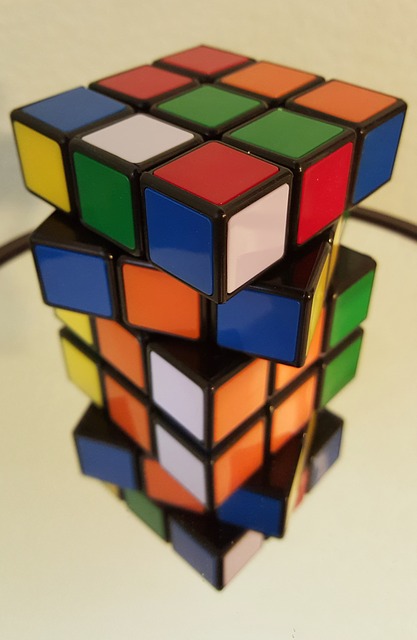The ThinkFun Tilt game comes with 40 cards showing where to start each puzzle.
They are grouped into four difficulty levels labeled Beginner, Intermediate, Advanced, and Expert. They’re also numbered and the numbers seem to go in order of difficulty, too. I wanted to make my Tilt Solver tool indicate the difficulty of the puzzles it produced.
But what does difficulty mean? How can you compare two of these cards so well?
Is difficulty the probability of finding a solution randomly?
No, you have to use your wits. Trying random moves isn’t difficult, it’s just time consuming.
You have to use YOUR wits. That means difficulty is subjective. It’s different for everyone.
And different people find different things difficult. So some people might think card 12 is harder than card 13 even if other people think the opposite.
But I presume you can try out the cards on a bunch of people and measure the average time it takes them to solve a puzzle. That should be enough to decide on the order. And if you wanted, you could look at the results and come up with a general rule.
If you look at the cards that come with Tilt, they each show a solution on the back. It quickly becomes obvious that the more difficult cards require more moves to solve.
That doesn’t explain what difficulty is or if there’s any objective way to measure it. Maybe the guys at ThinkFun can tell me how they did it.

 ,
, 